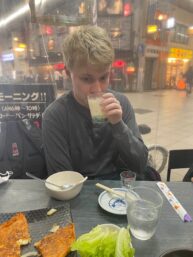
Drinking at a Korean Bar in Osaka with a friend from the group. The drink was new to me. It’s called “makgeolli,” and it’s delicious.
I joined a chorus called C.C.D. (Collegiate Choral Doshisha) for the semester for my community involvement project. I spent a lot of time there–generally, rehearsal at least twice a week for four hours–but I think it was a worthy pursuit.
I was pretty anxious at first; now that I’ve done it, if you made me do it over again, I would still get anxious again. There were good times and bad times: Every now and then I would struggle with something and feel bad for a while, but then I would find a little success and feel better. For instance, rehearsals could be pretty tough sometimes, but drinking afterwards
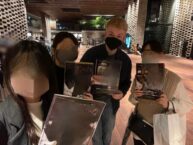
I went to Osaka with three other members of the choir to see Handel’s Messiah performed by the choir’s alumni.
was almost always fun.
I also got to do a lot of cool things that I probably wouldn’t have done on my own. I rented a kimono and got some awesome pictures (All of them have other people with faces unblurred, so I can’t share them); I went to Osaka to listen to a performance of Handel’s Messiah; and I got to perform while wearing a Halloween costume–I was a shrine maiden. And occasionally, I got to touch a piano, which was massively beneficial to my mental health.
The hardest things about being in a chorus actually don’t really have that much to do with singing. That works pretty much the same way ev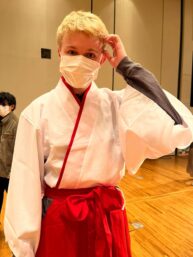 erywhere, with some minor differences. What was really hard was communicating with regular people. As a second-language learner, it’s easy to forget that most of the people you interact with–teachers, language exchange partners, classmates–understand what it’s like to really try to learn a second language, and so they end up with pretty good communication skills.
erywhere, with some minor differences. What was really hard was communicating with regular people. As a second-language learner, it’s easy to forget that most of the people you interact with–teachers, language exchange partners, classmates–understand what it’s like to really try to learn a second language, and so they end up with pretty good communication skills.
The people in my chorus are just normal people. They won’t always be able to meet you halfway to communicate, so really thriving in that kind of environment requires a different level of ability that I don’t think I have just yet. The good news is that I’m aware of that, and that I think I’m a lot closer to getting that kind of ability than I was at the
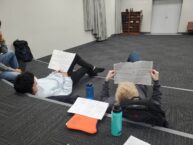
Rehearsal looked like this sometimes. The guys were on a break, so we took a load off.
beginning of the semester.
And there were other benefits to this project, too. For one thing, I was able to be around Japanese people around my age that already knew each other. They interact differently with each other than they do with foreigners, and I think getting to see it and be surrounded by it was super beneficial.
To anyone considering this type of project, I would say go for it. I can tell you, even if you don’t thrive, it definitely won’t kill you, and you’ll still probably learn a lot. And if you do thrive, even better for you: You’ll get to spend a lot of time around people and will
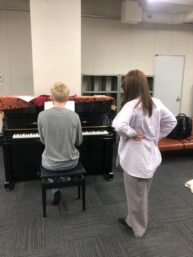
The alto section leader looking like a strict piano teacher.
probably be able to make close relationships with them. Just try to make the most of your time, and it’ll be worth it.
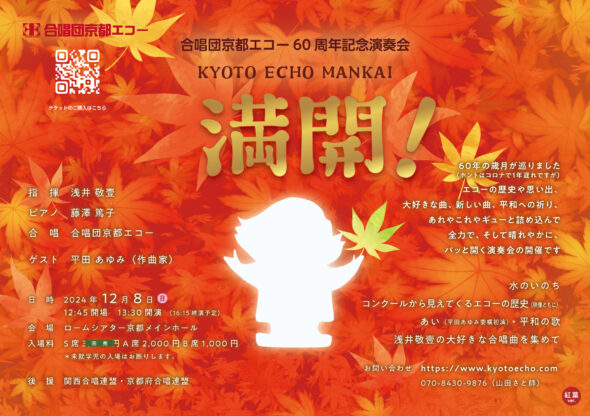

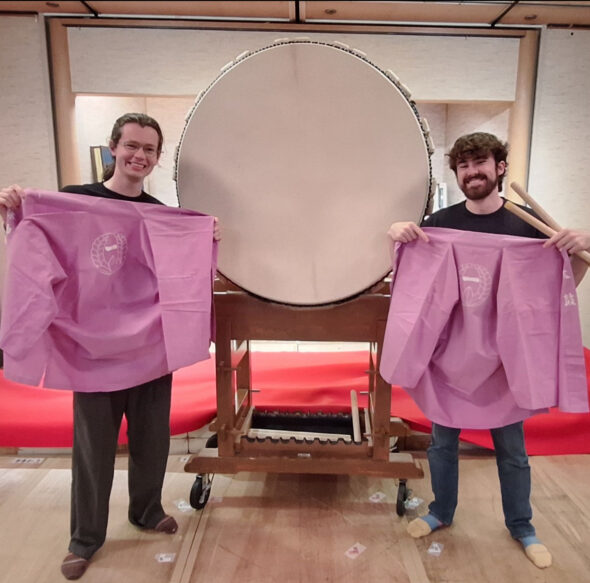
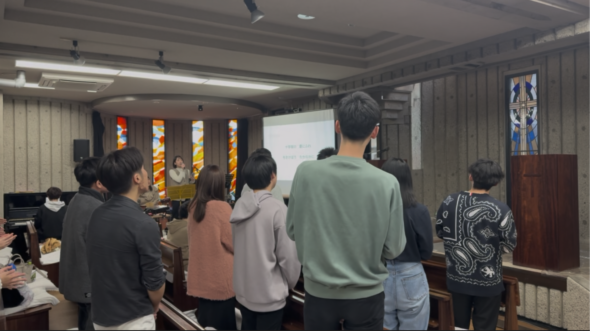

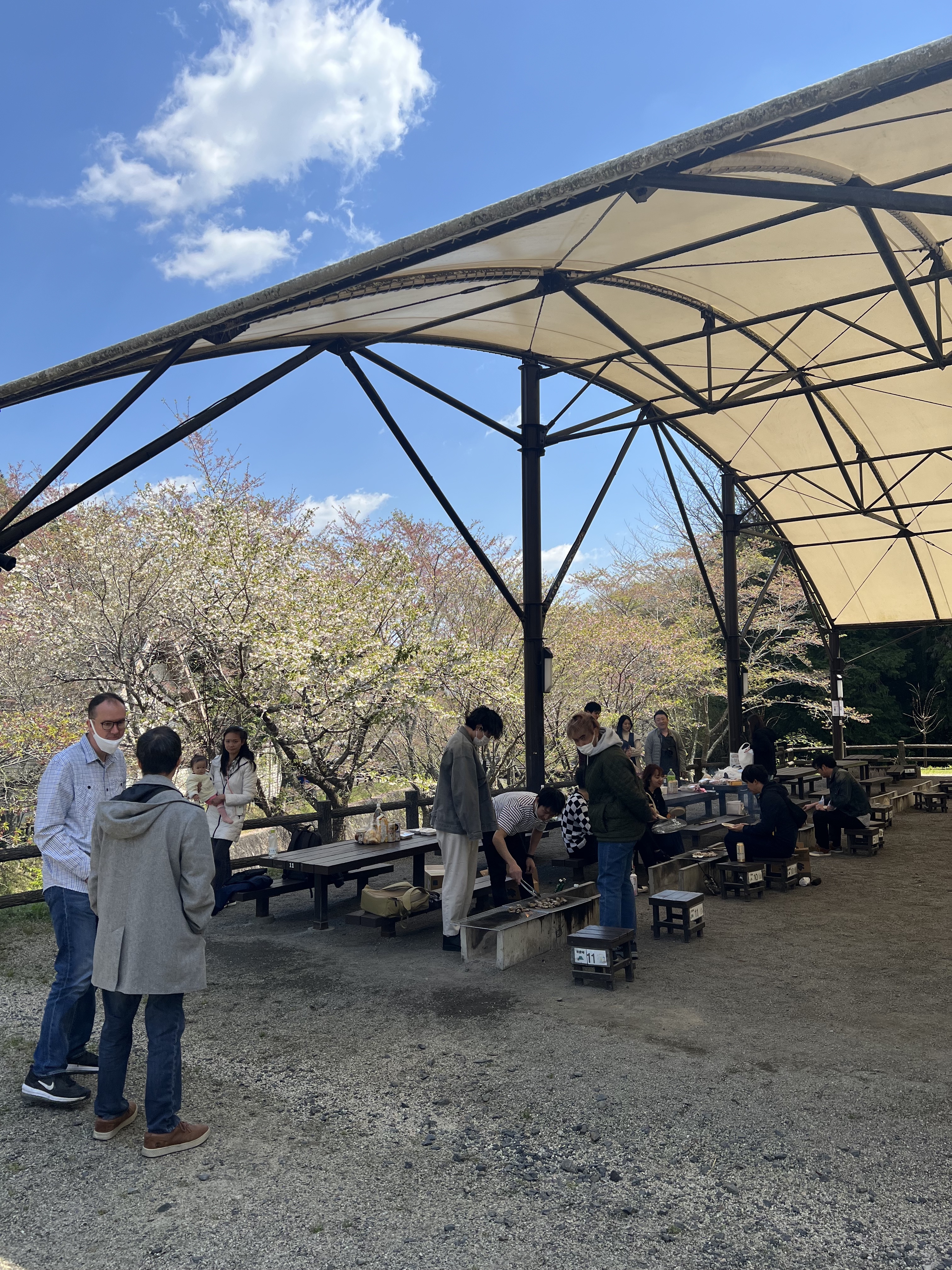 During my time at KCJS, I have decided that my community involvement project will be volunteering at Klexon English-speaking Circle located at Wings Kyoto. It was simple to speak with native residents who wanted to converse in English. At every meeting, we were met with different Kyoto residents. We were given a topic or a format of what we should talk about. Afterward, we talked about our daily life, childhood memories, and traveling.
During my time at KCJS, I have decided that my community involvement project will be volunteering at Klexon English-speaking Circle located at Wings Kyoto. It was simple to speak with native residents who wanted to converse in English. At every meeting, we were met with different Kyoto residents. We were given a topic or a format of what we should talk about. Afterward, we talked about our daily life, childhood memories, and traveling.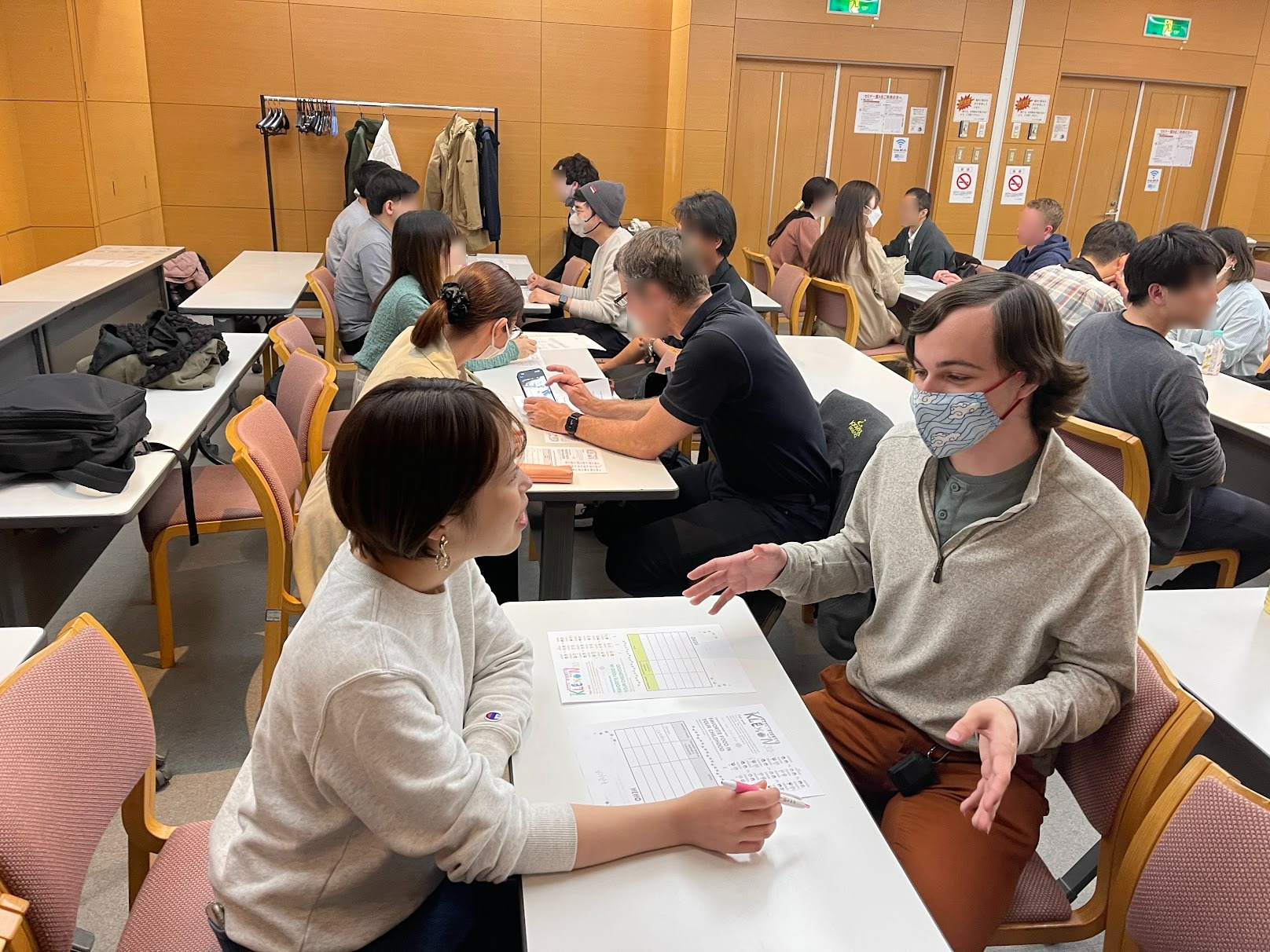


 erywhere, with some minor differences. What was
erywhere, with some minor differences. What was 
